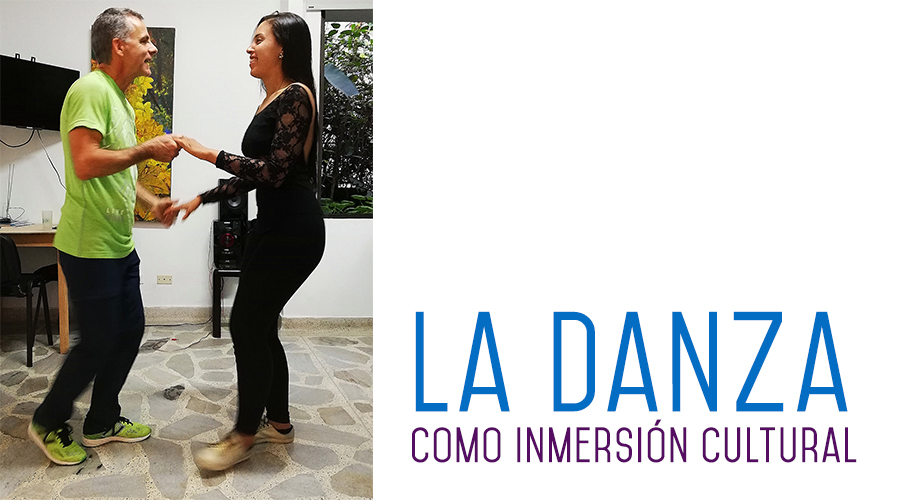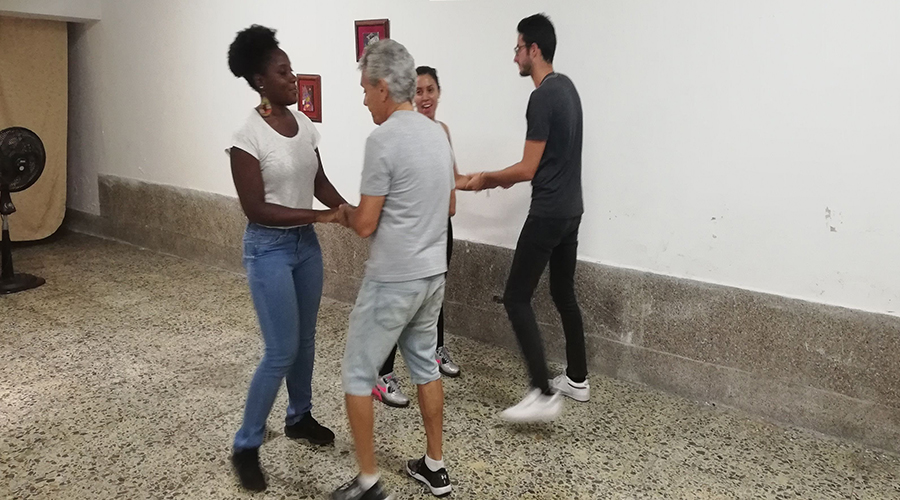Dancing is one of the best ways to get to know the culture of a country, of course Colombia could not be the exception.
Our cultural diversity and wealth is so great that each region of Colombia has its typical dance. Let's get started, ready?
Cumbia. Rhythm and dance of our Caribbean folklore, it is a living representation of our indigenous, African and Spanish mix. That has lasted for years and crossed borders. The most popular songs are: La pollera colora, La piragua and La cumbia cienaguera. It is executed with a free movement and circular movements.
Bambuco. Folkloric dance of the Colombian Andes, represents the romance and peasant love through its music and is expressed through delicate and flirtatious movements. The characters that contributed the most to the musical culture were Catalicio Rojas, Jorge Villamil and Luis Carlos González. The song that most represents this beautiful genre is Antioqueñita. It is executed in pairs, which are crossed forming an eight, keeping the hands on the waist and making gestures with a handkerchief.
Mapalé. It is an Afro-Colombian rhythm that takes its name from a fish, originally this dance was performed to celebrate good fishing. For this reason strong and fast movements are executed by men and women. The song El Mapalé is the one that is most danced in carnivals by comparsas, using striking colors.
Sauce. What is Colombia without salsa? Originally it is a Cuban rhythm but in the 60's it gained strength in our country.
Cali is the capital of salsa, they have the best dancers and world champions of this genre and one of the best known groups El Grupo Niche. Medellín and Barranquilla are cities that are also salsa companies and they left us a great musical contribution thanks to Fruko y sus Tesus and Joe Arroyo.
Part of cultural immersion is learning to dance. This is an activity that you can do in our school and at any of our locations. More modern genres such as reggaeton and champeta are the result of the country's musical evolution.
Did you know that we are potential in influence, production and music recording in Latin America?
By: Aleja Alzate
All the articles in this blog have been written by the teachers of our school and by students from different countries who traveled to Colombia to learn Spanish.
“You travel too and study Spanish in NUEVA LENGUA"
Follow us on our social networks:
RELATED VIDEOS
MEDELLÍN - GUADUAS


